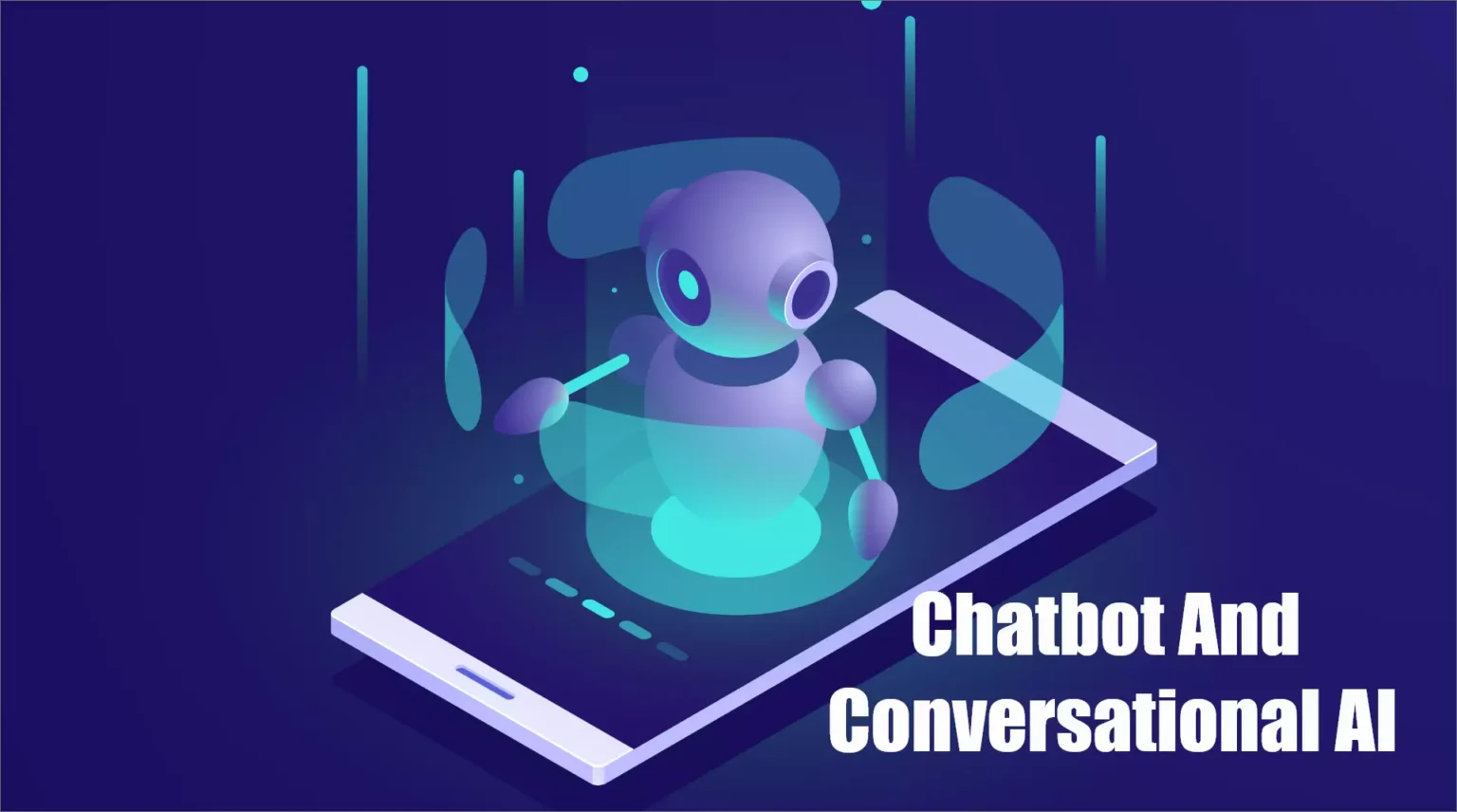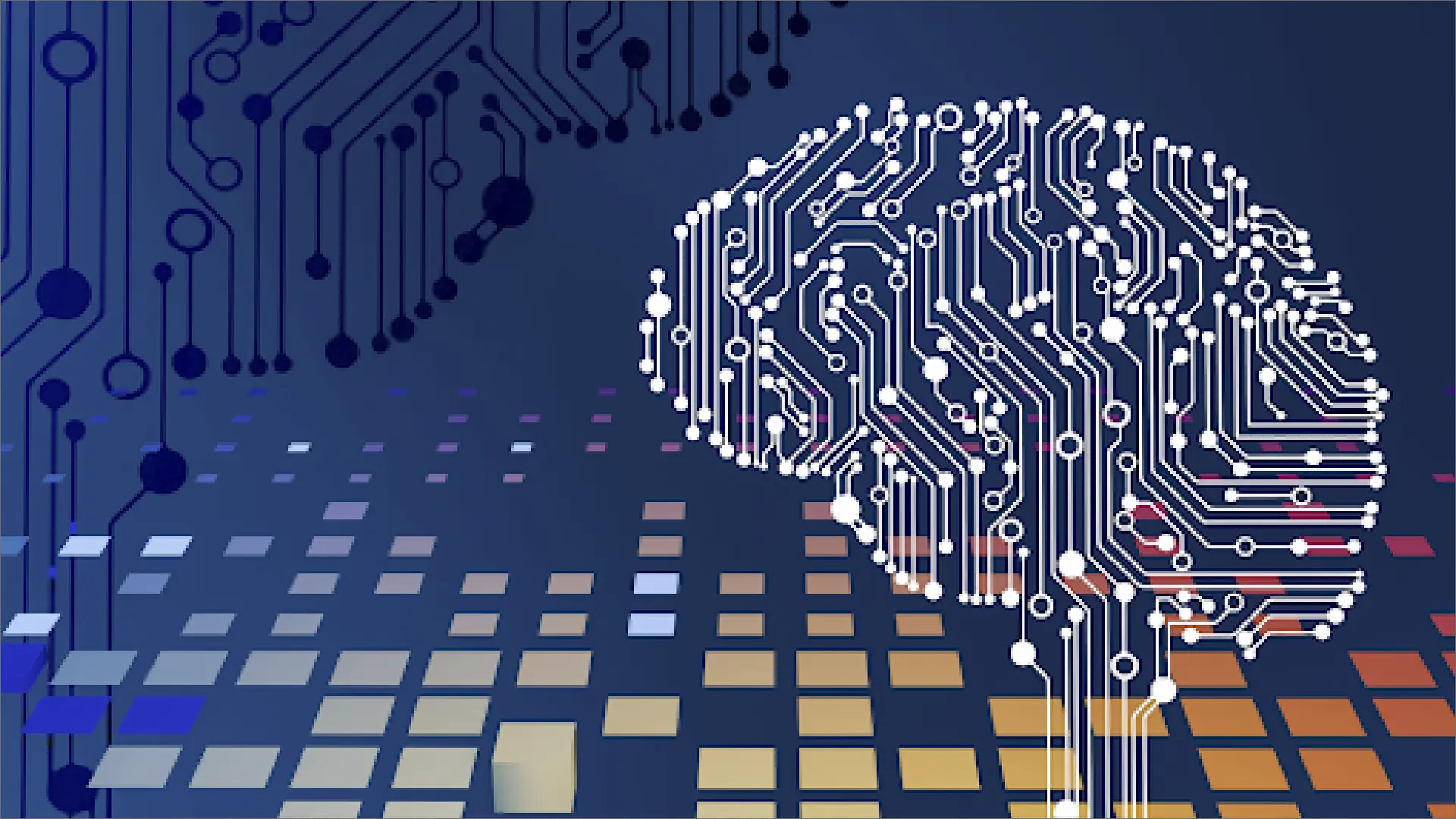Most often the terms chatbots and conversational AI are used interchangeably, but there are many differences between them. Both technologies are used to improve customer support services so it is essential to understand the difference to know which one is the best for your business.
Today businesses are striving to improve their customer experience while saving operational costs and they now know that conversational AI and chatbots are beneficial for them to achieve goals. According to a report, by 2024, the global chatbot market will reach $ 9.4 billion which is proof of its immense potential.
Let’s find out the differences between chatbot and conversational AI functionality so that you can identify which one can help you in optimizing internal processes and customer experience.
What Distinguishes Chatbot And Conversational AI?
Chatbots emerge as the optimal solution for businesses aiming to deliver exceptional customer experiences while optimizing operational efficiency. In contrast to typical dialogues, these software applications operate through predefined conversational pathways or advanced AI techniques such as natural language processing (NLP). It lets them quickly grasp user inquiries and furnish pertinent, real-time responses.
Conversational AI constitutes an expansive category within Artificial Intelligence frameworks, harnessing data, machine learning, and NLP capabilities to facilitate verbal and textual interactions. This innovative technology empowers chatbots and virtual assistants, exemplified by entities like Siri or Amazon Alexa, to engage in human-like conversations.
These AI systems redefine the nature of interactions by adeptly understanding our language, offering natural responses to queries, and sustaining an uninterrupted exchange.
A. What Is Chatbot?
Chatbots, a short form of chat robots, are computer programs designed to simulate human conversation through text or voice interactions. They utilize pre-programmed rules or scripted responses to engage users in simple, rule-based conversations.
Traditional chatbots operate based on pattern recognition and keyword matching, offering predefined answers based on their received queries.
Chatbots are commonly employed when users seek specific information or assistance with straightforward tasks. For instance, customer support chatbots can address frequently asked questions, guide users through basic troubleshooting processes, or help with order tracking.
B. What Is Conversational AI?
Conversational AI, on the other hand, represents a more advanced and sophisticated form of human-computer interaction. It leverages artificial intelligence (AI), particularly natural language processing (NLP) and machine learning, to comprehend and generate human-like conversations.
Unlike chatbots, Conversational AI systems can understand context, intent, and nuances in language, enabling them to engage in dynamic and contextually relevant dialogues.
Conversational AI solutions encompass broader capabilities, including sentiment analysis, language understanding, context retention, and personalized responses. These systems can engage users in more complex and dynamic conversations, making them suitable for virtual assistants, healthcare support, content recommendations, and even companionship applications.
How Chatbots Are Related To Conversational AI?
While all chatbots can be considered conversational AI, not every chatbot falls under this expansive category. Rule-based chatbots operate by triggering predefined responses based on keywords and language patterns without necessarily relying on cognitive computing technologies.
Conversational AI-powered chatbots emulate human conversations, enhancing user engagement and elevating agent contentment. These sophisticated bots adeptly manage uncomplicated queries, freeing up live agents to address intricate customer concerns that necessitate a personal touch.
Consequently, this strategy minimizes waiting times and empowers agents to allocate less effort to addressing repetitive inquiries.
Key Differences Between Chatbot And Conversational AI?
Now that you understand what is a chatbot and also know that functionality of conversational AI lets see the key difference between these new technologies:
i. Complexity and Intelligence
Chatbots primarily rely on predetermined scripts and rules to generate responses, which limits their capacity to handle complex or contextually rich conversations.
Conversational AI, on the other hand, employs AI algorithms to understand user input, analyze context, and generate relevant responses, showcasing a higher level of intelligence.
ii. Contextual Understanding
While chatbots may struggle to maintain context throughout a conversation, Conversational AI excels at comprehending context shifts, allowing for more natural and fluid interactions.
Conversational AI can remember and reference previous messages, ensuring conversation continuity.
iii. Personalization
Conversational AI systems can tailor responses based on user preferences, history, and behavior, resulting in a more personalized user experience. Chatbots cannot typically provide such personalized interactions.
IV. Adaptability
Conversational AI can learn and adapt over time through machine learning, improving its performance and understanding as it gathers more data.
Rule-based chatbots require manual adjustments for any changes in conversation flow or new scenarios.
V. Use Cases
Chatbots are suitable for scenarios where scripted interactions suffice, such as basic customer support queries. Conversational AI finds its strength in applications requiring dynamic, context-aware conversations, like virtual assistants, mental health support, and content recommendations.
Chatbot Or Conversational AI Which One Is Best For Your Business?
As a business, adopting a chatbot or embracing conversational AI technology depends entirely upon your specific goals and needs. However, conversational AI surpasses traditional chatbots in terms of capabilities. Nevertheless, there are particular processes and tasks where one might be more suitable than the other and vice versa.
Numerous parameters come into play when deciding to opt for a chatbot or conversational AI:
- A conventional chatbot proves ideal for addressing simple FAQs on a website, thereby alleviating the support team’s workload.
- Conversational AI is the optimal selection when automating support across various channels and platforms through text and voice interactions.
- Basic chatbots might fall short if enhancing user engagement and satisfaction at various stages of the customer journey takes precedence.
- Conversational AI shines when you focus on resolving queries with minimal human intervention.
- While chatbots learn within their established parameters and may not respond to unanticipated inquiries, AI can deviate from predefined scripts and tailor responses based on historical queries and searches.
- The contextual awareness of Conversational AI enables it to understand queries better, drawing from past data and searches to provide precise and valuable answers for customer service.
- Conversational AI platforms can interpret multiple intentions within a single question, a capability lacking in rule-based chatbots. It makes them a preferred choice for e-commerce and sales-centric websites aiming to address customer queries effectively.
- Conversational AI technology eliminates limitations seen in chatbots, allowing users to issue voice commands and pose queries in various languages.
In essence, the decision between chatbots and conversational AI necessitates careful consideration of your organization’s unique requirements, with the awareness that each technology holds distinct strengths catering to different operational scenarios.
What Is The Future Of Chatbot And Conversational AI?

The future of Conversational AI and chatbots is poised to be transformative, with continuous advancements in technology and their integration into various aspects of our lives.
Here are some key trends and possibilities that can shape the future of these technologies:
1. Enhanced Personalization
Future Conversational AI systems will be able to provide highly personalized interactions based on user preferences, behaviors, and historical data. It will result in more tailored recommendations, solutions, and user experiences.
2. Multimodal Interactions
The future will see an increase in chatbots and Conversational AI systems that can seamlessly handle both text and voice inputs, allowing users to switch between modes of communication.
3. Advanced NLP and Understanding
As Natural Language Processing (NLP) technology evolves, Conversational AI will become even more proficient at understanding context, emotions, and nuances in language. It will lead to more natural and human-like conversations.
4. Contextual Continuity
Future chatbots and Conversational AI systems will be able to maintain context across multiple interactions, making conversations feel more coherent and lifelike, even when switching between topics.
5. Industry-Specific Solutions
Different industries will increasingly adopt specialized Conversational AI solutions. For instance, healthcare could benefit from AI-powered virtual health assistants, while finance might use chatbots for personalized financial advice.
6. AI-Powered Content Creation
Conversational AI could generate written content, including articles, reports, and marketing materials. It will save time and effort while maintaining a consistent tone and style.
7. Emotional Intelligence
Developing emotional intelligence in Conversational AI could allow them to detect and respond to users’ emotions appropriately, improving customer support interactions and overall user satisfaction.
8. Autonomous Transactions
Chatbots could evolve to the point where they can perform transactions independently, such as booking appointments, making reservations, and even purchasing products or services on behalf of users.
9. Human-AI Collaboration
The future may see more humans and AI collaborating in customer support scenarios. AI assists human agents by suggesting responses and solutions in real time.
10. Ethical and Legal Considerations
As AI becomes more integral to conversations, there will be a greater emphasis on ensuring data privacy, transparency, and ethical usage of AI-driven interactions.
11. Voice Commerce
With the rise of smart speakers and voice assistants, Conversational AI could play a significant role in voice-based shopping and transactions.
12. Cross-Platform Integration
Chatbots and Conversational AI will become more seamlessly integrated across various platforms, from websites and apps to social media and messaging platforms.
13. Continuous Learning and Improvement
AI systems will continue to learn and improve over time through user interactions and data analysis, leading to more accurate and effective conversations.
Final Words - Chatbot And Conversational AI
In conclusion, while “chatbots” and “Conversational AI” are sometimes used interchangeably, they represent distinct technologies with unique functionalities and applications. Choosing between them hinges on your business’s specific needs and objectives.
Chatbots offer efficient solutions for straightforward tasks, while Conversational AI brings a more sophisticated level of understanding, personalization, and context awareness to interactions.
As the future unfolds, these technologies are set to revolutionize customer engagement, user experiences, and operational efficiency, shaping how we communicate with machines and paving the path for innovative advancements in various industries.




